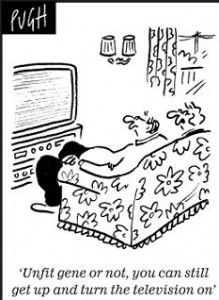We all know it’s been a wild decade. But what really happened in areas like immigration, employment, and poverty? An extremely useful report has been issued by the Population Reference Bureau called U.S. Economic and Social Trends Since 2000. It’s written in easily understandable “layperson’s” language, and succinctly summarizes the last 10 years of economic and social trends in the United States.
The 10 key findings about the last 10 years from the report can be summarized as: 1) There are wide-ranging effects of the recession; 2) some short-term trends are adaptations of recession; 3) fertility rates expected to decline; 4) education levels increase, especially among women; 5) if current gaps in school enrollment and completion rates among blacks and Hispanics persist, the United States may not have the workforce it needs to succeed; 6) job losses and housing market declines have disproportionately affected blacks and Latinos; 7) there is a growing poverty gap between children and the elderly, but children without health insurance dropped sharply; 8) more people are delaying marriage; 9) fewer people are moving; 10) the largest concentration of out-migration occurs in rural communities. (Thanks to ASA Footnotes for this summary.)
The report is a quick read, and contains fascinating boxed inserts on topics like “”Industrial Restructuring,” “Health Insurance Coverage,” and “Food Stamp Participation.” It is very helpful background for extension and outreach folks, as well as anyone else interested in what’s been going on in our country during the past decade.






